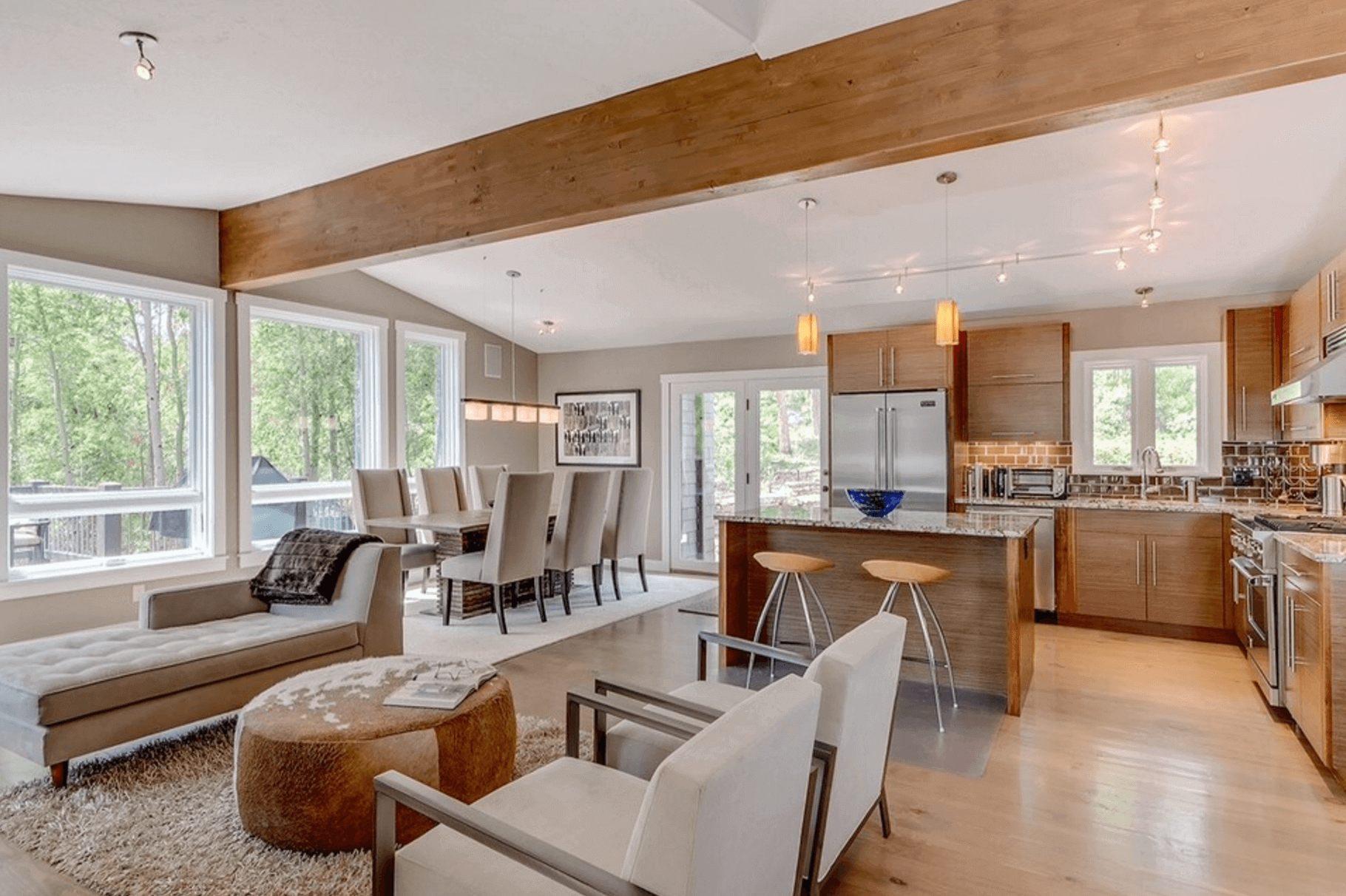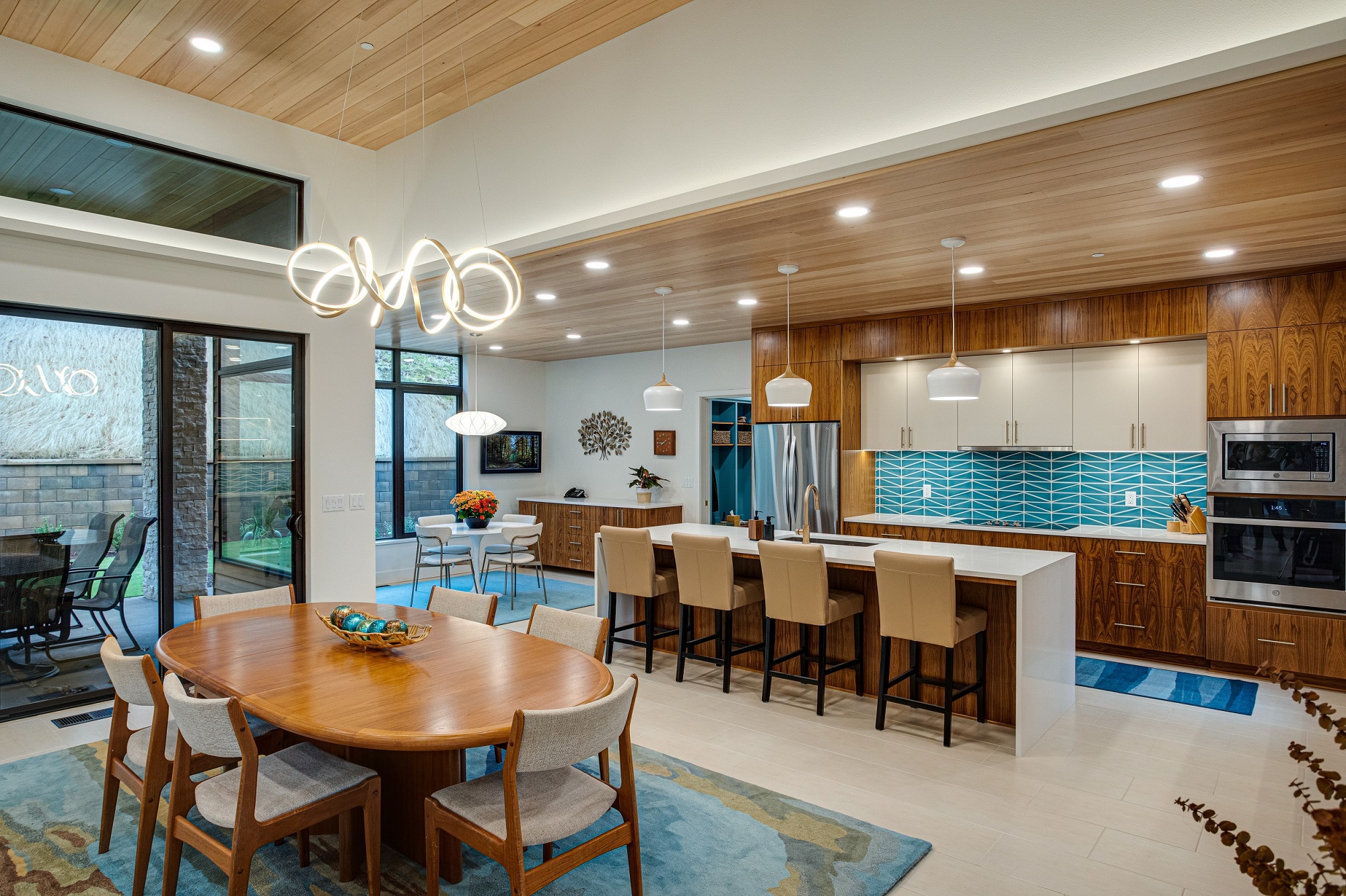
Introduction
Open spaces are becoming increasingly popular in modern design. They offer a sense of freedom, flexibility, and a connection with the outdoors that traditional closed spaces often lack. However, designing open spaces can be challenging, as they require careful planning to ensure functionality and aesthetics. In this article, we will explore some valuable tips for designing open spaces that are both visually appealing and practical.
The Importance of Natural Light

One key element in designing open spaces is maximizing natural light. Natural light not only enhances the overall ambiance but also has numerous health benefits. It improves mood, productivity, and overall well-being. To optimize natural light in open spaces, consider the following:
- Use large windows and glass doors to allow ample sunlight to enter the space.
- Choose light-colored walls, ceilings, and floors to reflect and amplify the natural light.
- Position mirrors strategically to bounce light and create an illusion of a larger space.
- Consider skylights or light tubes to bring in additional natural light.
Creating Functional Zones

Open spaces often lack defined areas, making it essential to create functional zones within the space. This helps to organize and define different activities while maintaining the overall openness. Here are some tips for creating functional zones:
- Use furniture and rugs to visually separate different areas.
- Utilize room dividers or screens for added privacy or to create distinct sections.
- Consider using different flooring materials or patterns to delineate zones.
- Arrange furniture in a way that facilitates conversation and interaction.
Choosing the Right Furniture

Selecting the right furniture is crucial in open spaces. It should complement the overall design and enhance the functionality of the space. Here are some tips for choosing furniture:
- Opt for furniture with clean lines and minimalistic designs to maintain a sense of openness.
- Consider multi-functional furniture pieces that can serve multiple purposes.
- Choose furniture that is proportionate to the size of the space to prevent overcrowding.
- Use furniture to create visual interest and focal points within the open space.
Utilizing Vertical Space

Open spaces often have ample vertical space that can be utilized effectively. By utilizing vertical space, you can maximize storage, create visual interest, and add functionality to the area. Consider the following tips:
- Install floating shelves or wall-mounted cabinets to store items without taking up floor space.
- Hang artwork or decorative pieces on the walls to add visual appeal and personality.
- Consider vertical gardens or hanging planters to bring nature indoors and add a touch of greenery.
- Use tall bookcases or shelving units to create storage and display areas.
Summary
Designing open spaces requires careful consideration of various factors, including natural light, functional zones, furniture selection, and vertical space utilization. By prioritizing these aspects, you can create open spaces that are visually appealing, functional, and conducive to a comfortable living environment.
